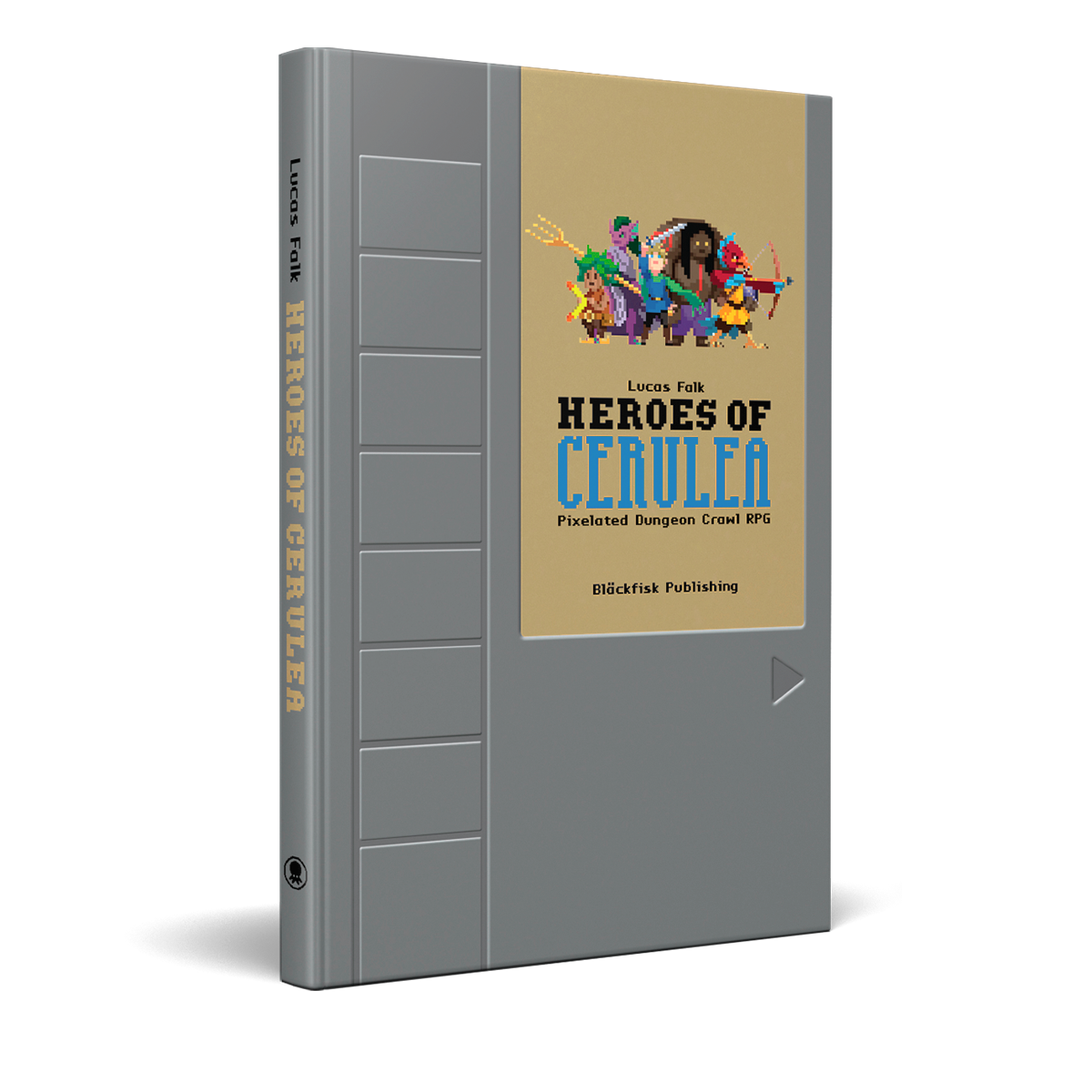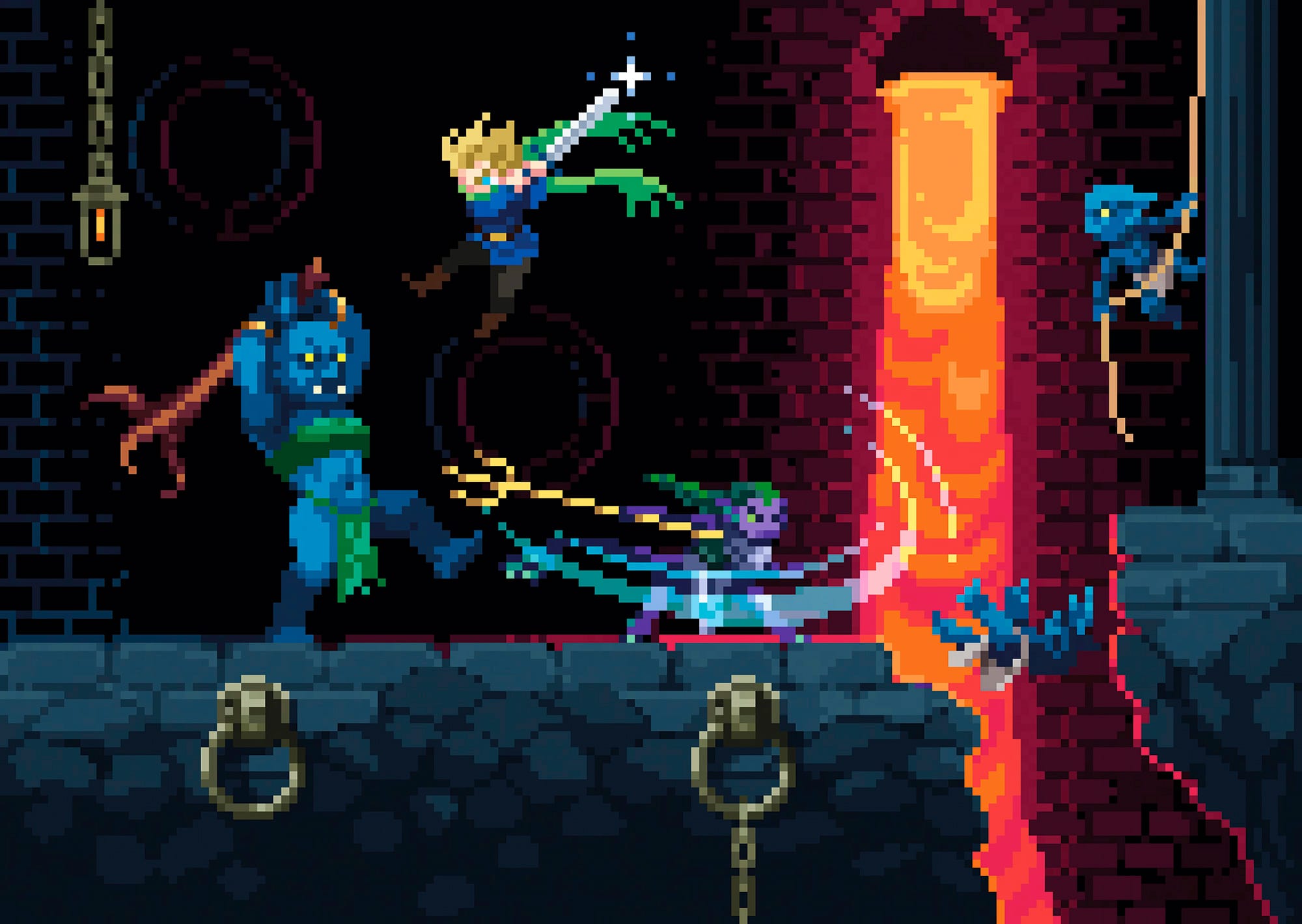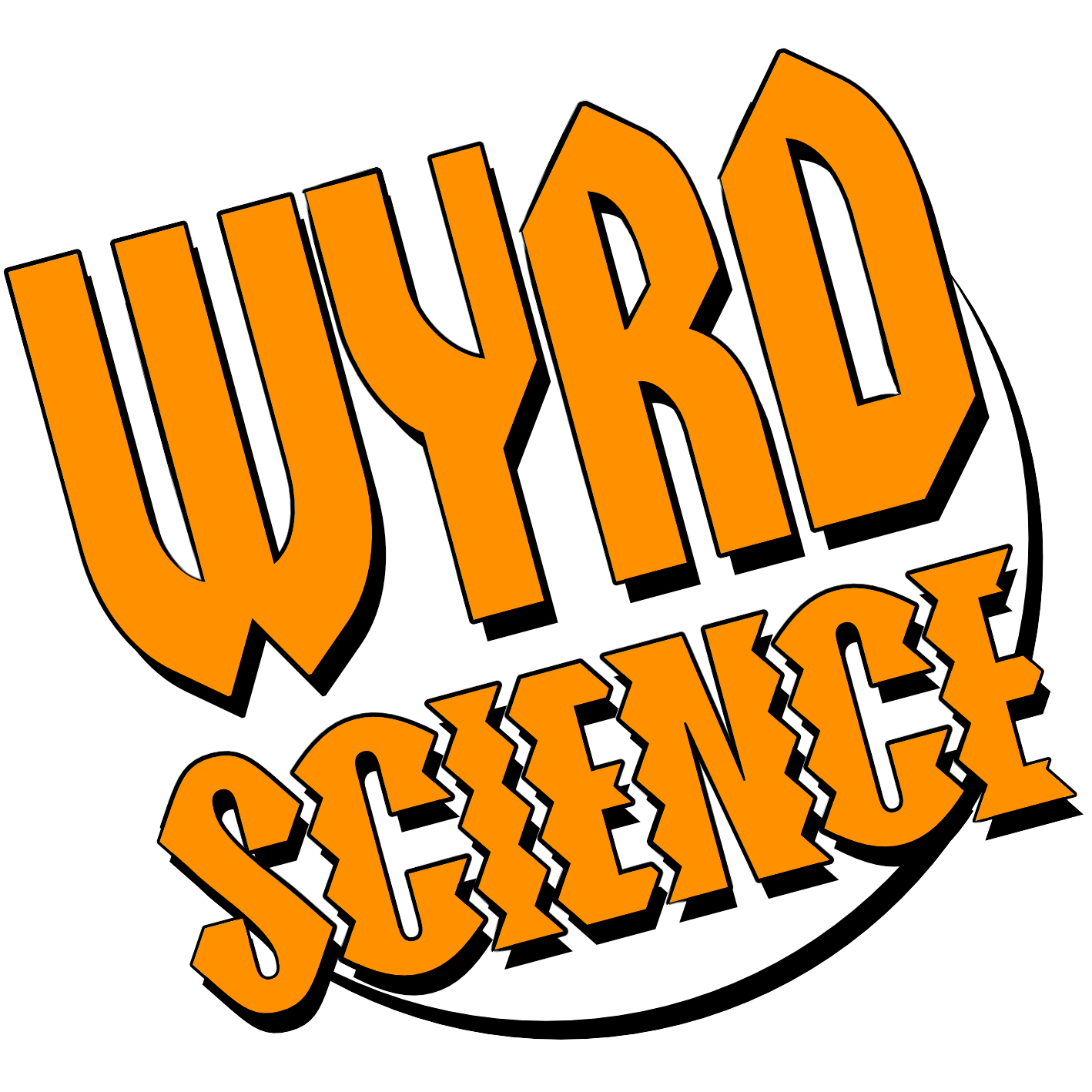
Whilst often seen as rivals for people’s time, attention and indeed money, the relationship between computer and tabletop roleplaying games has more often than not been a symbiotic one. In their early days both were often fostered within the same communities and drew from the same well of strategy games, wargames and science fiction and fantasy fandoms.
By the start of the 1970s primitive text based computer games had already been around for decade or so and it took less than a year from the release of Gygax and Arneson’s first edition of Dungeons & Dragons before it had been adapted to run on the University of Illinois's ILLIAC I computer. 50 years on and that relationship, though certainly less one of financial equals these days, still exists. You don’t have to look much further than the huge success of last year’s Baldur’s Gate 3 for evidence of that.
D&D aside though it’s probably fair to say that in recent years most of the traffic has been one way, as tabletop game publishers looking for a relatively easier score have looked at successful computer game franchises as more grist to the licensed IP mill. The result has been some decent games but even more that have felt like poorly thought out cash-ins, often simply bolting a game’s aesthetics on to, inevitably, Dungeons & Dragons’ fifth edition engine regardless of whether that makes any sense at all.
In that translation all too often we lose the actual illusive thing that makes a great computer game stand out from the millions of other pixels that get pushed around a screen. You might hear people talk about how tabletop games provide a freedom that computer games can never get close to but often it’s those constraints, the janky internal logic of a computer game’s world that people respond to.
Heroes of Cerulea, from Swedish publishers Bläckfisk, takes an altogether different approach. Whilst not an actual licensed game, from the NES cartridge design of the book itself onwards it’s clearly a love letter to those earliest Legend of Zelda games. Thankfully rather than try and shoehorn Link into a poorly disguised DnD class, the game’s designer Lucas Falk has instead gone all in on embracing everything about those original 8bit adventures that saw so many kids back in the 1980s burn them onto their retinas.

In Heroes of Cerulea you play one of five classes, from the clearly Link-like Elf to the Avian birdfolk and the rocklike Geons. Characters get three stats, Might, Bravery and Insight, between which you allocate scores of 3, 2 and 1. When you want to do something tricky, those numbers equal the pool of d4s you roll with a 3 or more equalling some kind of success. There’s a little more to it than that but honestly not a huge amount, if you’ve played at least a couple of indie games over the past couple of years you should already have a pretty good feel for it.
Rather than some endless open story, where entire sessions can be spent deciding what completely irrelevant thing to the main plot of the game to do, Heroes of Cerulea gets straight to the point. The Shadow King has taken over the Cerulean Citadel, a situation that frankly will not be tolerated and so you must visit three different dungeons to find the three pieces of the game's MAcGuffin, the Trinity. Once you’ve got that it’s time to visit the King and drop a boulder on his head, or something.
The dungeons are as you’d expect, nonsensical holes in the ground filled with skeletons, octopuses, slimes and suspiciously broken walls that are just waiting to be blown up and reveal treasure chests. There are statues that need to be turned in specific directions to magically open doors, and platforms that must be stepped on in a certain order to reveal a key. NPCs, when you stumble across them, are monomaniacally interested in just one thing and refuse to talk about anything else and, for some reason, a fair number of them have decided to set up shops inside dungeons selling things like boomerangs or heart (HP) containers.
Commitment to the bit is strong. You have to half suspect that if the original Legend of Zelda hadn’t been one of the few NES games to allow saving your progress Falk would have eliminated that from Heroes of Cerulea as well. Combined with the frankly gorgeous pixel art that runs throughout the book and it’s one of the strangest, yet loveliest games we’ve played for some time. Probably the most surprising thing about the game is that whilst you’re encouraged to print and cut out map rooms to drop down on the table as players explore, the action itself is all conducted in the THEATRE OF THE MIND. The pixel sprites in the book would have made a lovely set of card standees and pushing them around a blocky map would have felt entirely on-brand.
With his previous RPG, Blood Feud, a game of toxic masculinity in Viking cultures, Falk showed he could do games that challenge many of the conventions of RPGs and is not afraid to tackle difficult subjects. So with that in mind it’s both surprising and surprisingly fun to see him cut loose here and create something where sometimes a floating jellyfish is probably just a floating jellyfish. Who knows maybe there is some deep underlying message hidden here but if it is, it’s certainly hidden a lot better than the game’s many carelessly abandoned treasure chests.
Anyway, there’s a full campaign -three dungeons and the boss encounter- included in the book and you’ll be able to play through the entire thing in just a handful of sessions. If you want more then there’s also some simple but effective advice for creating your own 8-bit dungeons quickly and from scratch. So, if you and your group are NES/Zelda obsessives and fancy throwing something extremely fun, light and very different into the mix then Heroes of Cerulea could be just what you’re looking for.
Writing & Design: Lucas Falk
Art: Ronja Melin, Caz Wolf, Lucas Falk
Publisher: Bläckfisk Publishing
This feature originally appeared in Wyrd Science Vol.1, Issue 6 (August '24)
